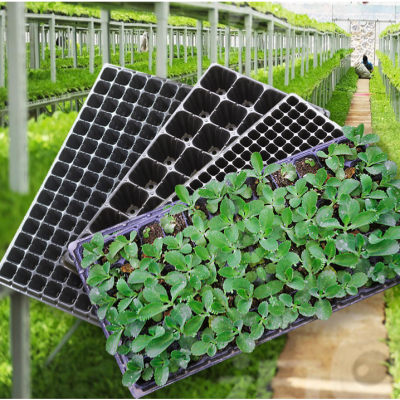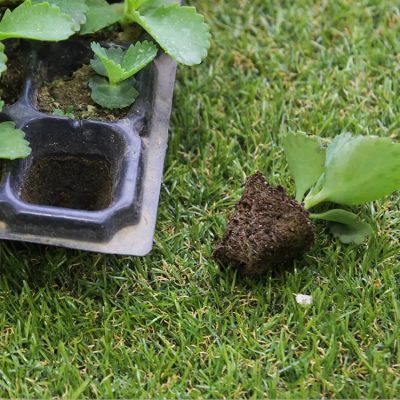Attention should be paid to the safety of flower growing in buildings. Especially when growing flowers on the balcony or platform, if you are not careful or the wind blows the basin down, it is easy to hurt pedestrians. Therefore, family flower lovers should always pay attention to the safe location of potted flowers, and frequently check and repair the self built flower racks to prevent the flower pots from falling and causing injuries.
Some people worry that placing plants indoors for a long time will reduce oxygen and affect human health. In fact, this idea is wrong. During the day, plants conduct photosynthesis and release much more oxygen than they need to breathe. Although most plants stop photosynthesis at night, their respiration is also extremely weak. In particular, the respiration of foliage plants is weaker than that of flowering plants (flowering plants have the largest respiration in the bud pregnancy and flowering stages), and they need less oxygen.
Scientists have done such experiments: the amount of oxygen needed to light a match is equivalent to the breathing capacity of two or three pots of indoor plants overnight. It can be seen that the carbon dioxide exhaled by ornamental plants is negligible. Most plants will not have adverse effects on human health when placed indoors. On the contrary, many indoor ornamental plants are also beneficial to people. For example, pineapples, cacti and sedum plants do not release carbon dioxide into the environment during the day or night, but also absorb carbon dioxide at night. Begonia, asparagus, asparagus, etc. can not only absorb carbon dioxide gas, but also secrete bactericidal substances, which can prevent colds, typhoid, laryngitis and other diseases.
In addition, plants can also reduce indoor dust, clean air, increase negative oxygen ions, and make people live in a fresh and healthy environment.







